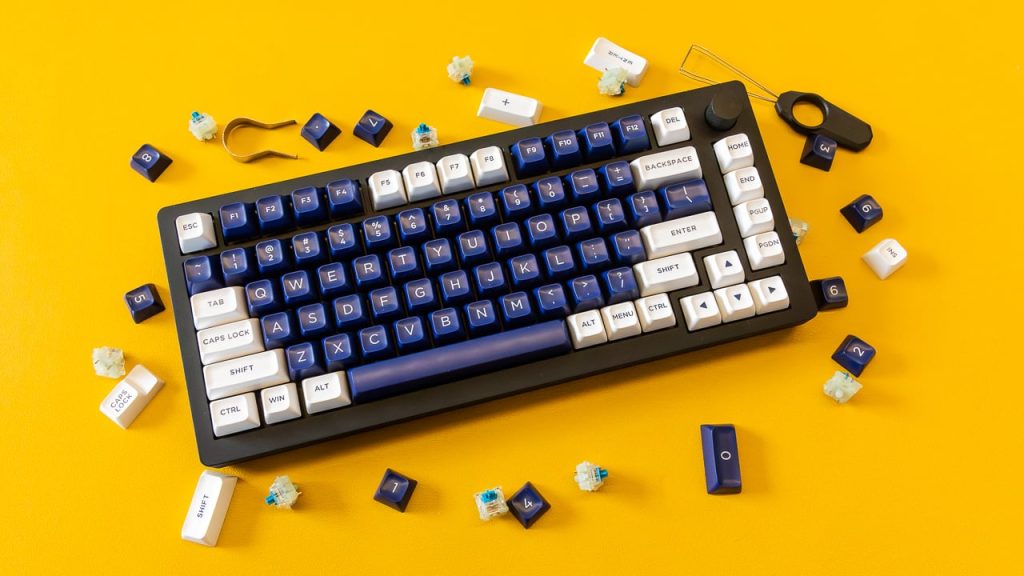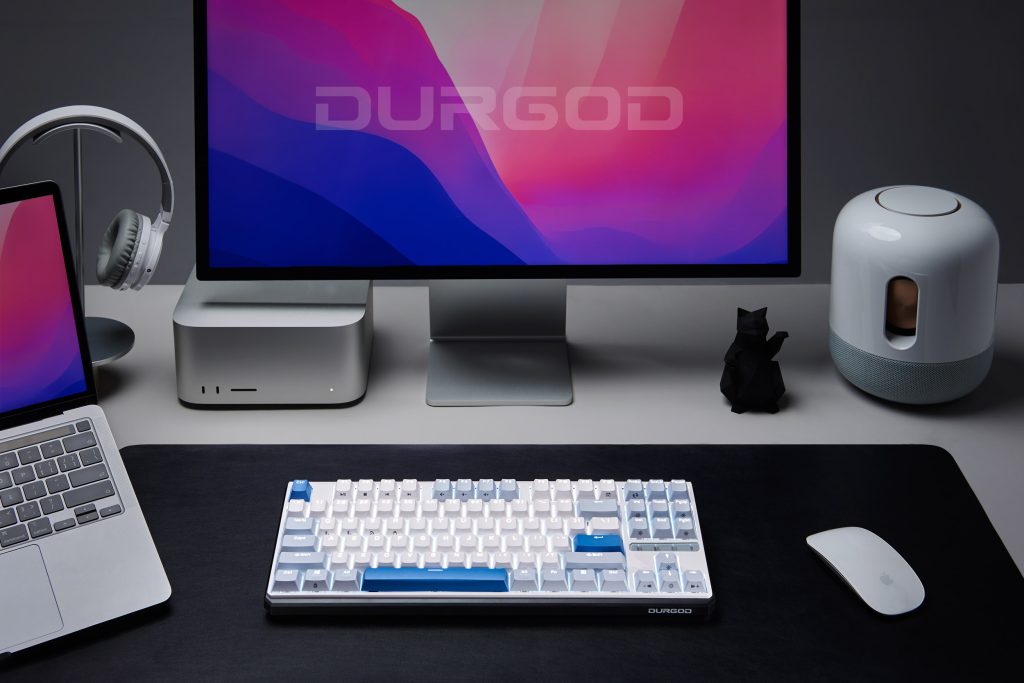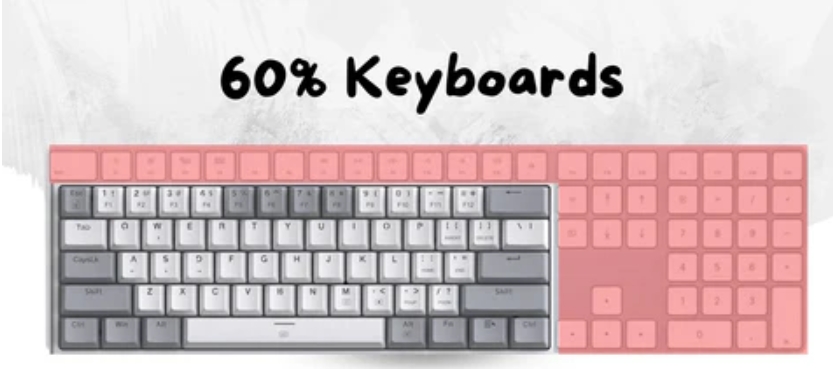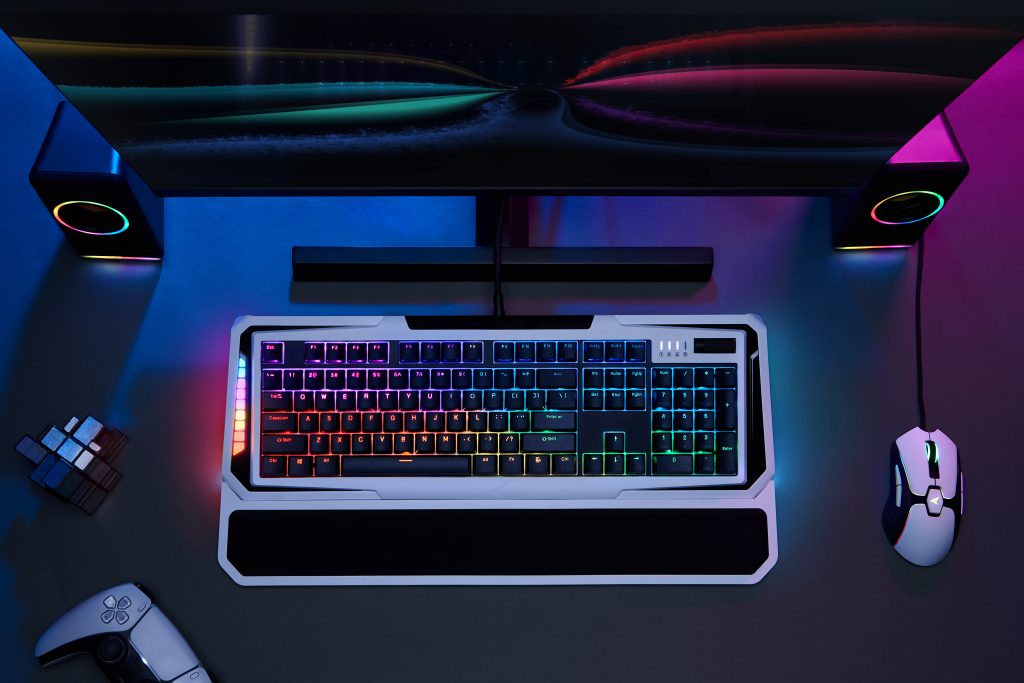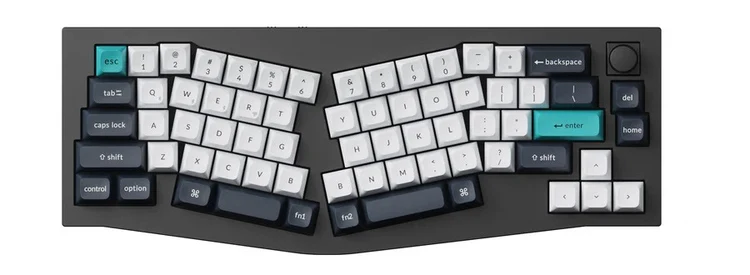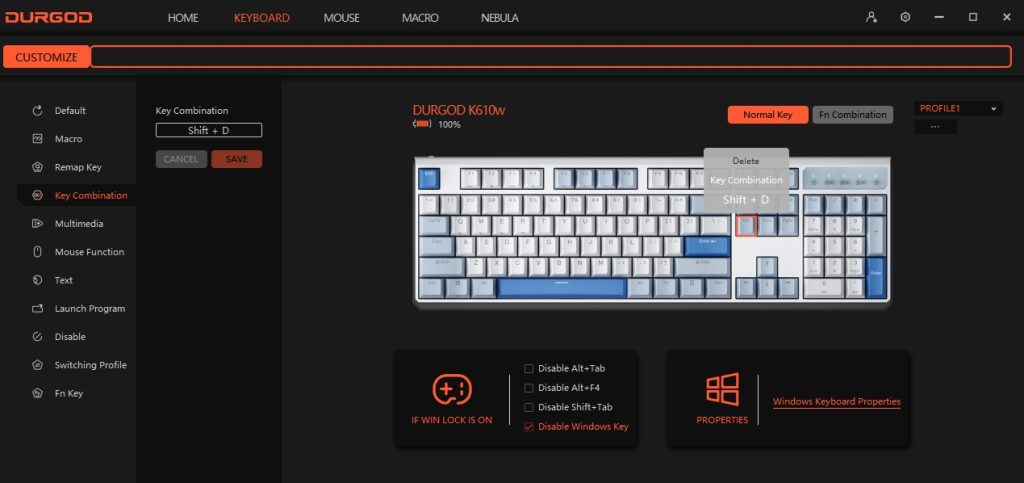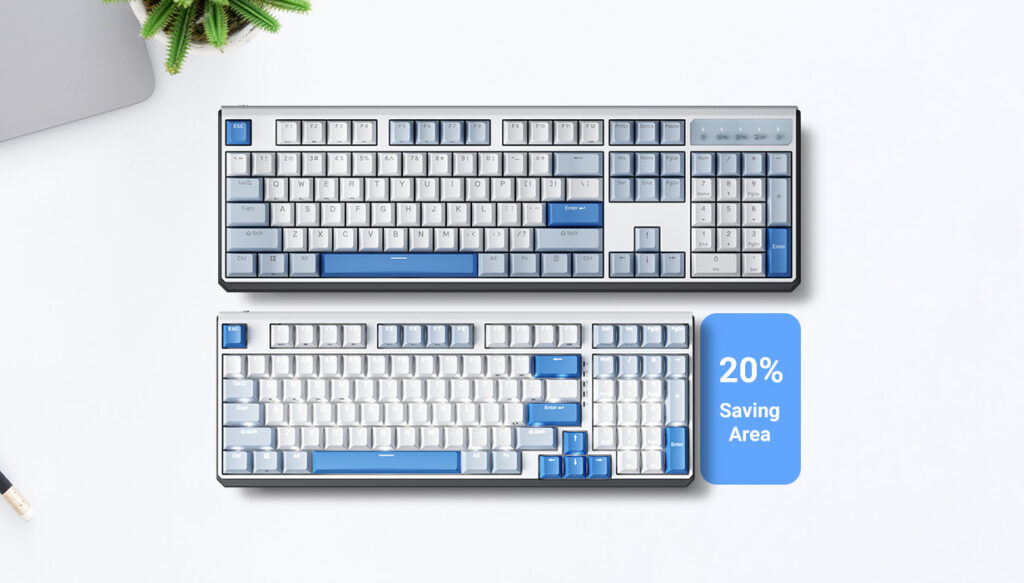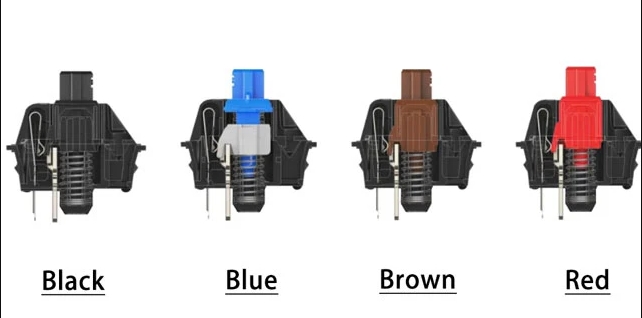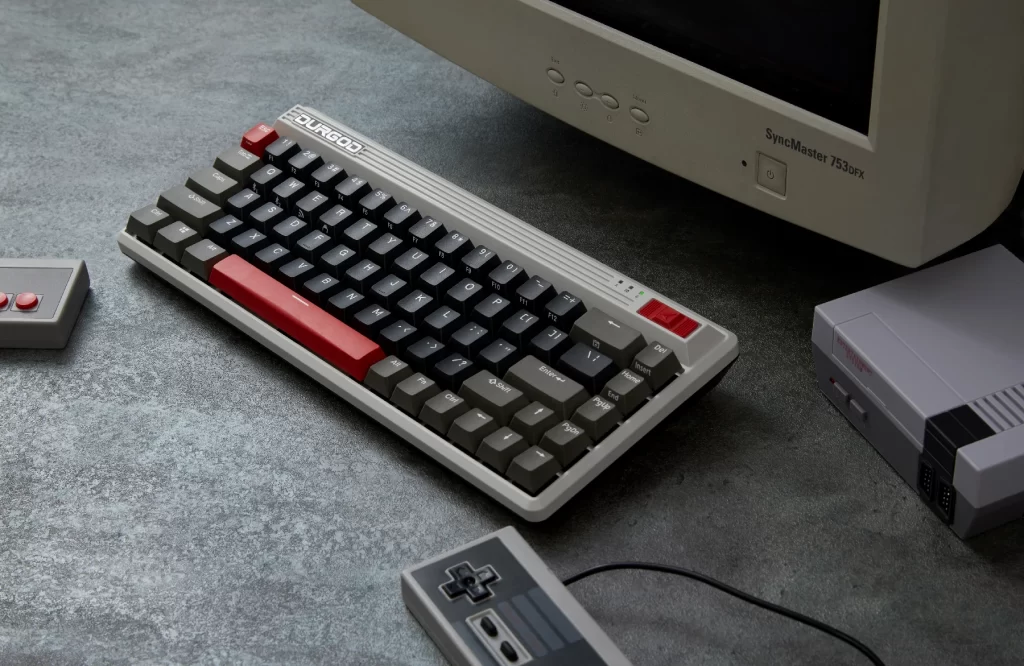In the intricate world of mechanical keyboards, differentiating between PCB (Printed Circuit Board) and PCBA (Printed Circuit Board Assembly) is fundamental for enthusiasts delving into design, customization, or repair. These terms mark crucial stages in the keyboard’s electronic development, each with distinct roles and characteristics.
Understanding PCB in Mechanical Keyboards
Definition: The PCB stands as the electronic backbone, composed of conductive and non-conductive layers, featuring traces that connect the components.
Core Function: It’s engineered to detect key presses, where each press closes a circuit, signaling the action to the computer.
Key Features: Beyond connecting key switches, it may include circuits for LEDs or USB connections, essential for enhanced functionality.
Customization Avenue: For custom keyboard creators, a bare PCB offers a blank canvas, allowing for personalized layouts and features selection.
Delving into PCBA’s Role
Definition: PCBA emerges when components like switches and diodes are soldered onto the PCB, transforming it into a complete unit.
What It Represents: It’s the PCB in its fully operational form, embedded with all electronic elements required for the keyboard’s function.
In Practice: Fully assembled keyboards utilize PCBA, incorporating all necessary components for immediate use.
Key Distinctions Between PCB and PCBA
- Production Phase: PCB represents the initial, bare board phase, while PCBA denotes the assembly stage with all electronic parts attached.
- Components: A stark difference lies in component attachment; PCBs are bare, whereas PCBAs boast a full complement of electronic components.
- Functionality: Only as a PCBA does the board achieve functionality as a keyboard, ready for typing endeavors.
- Customization vs. Convenience: PCBs cater to those crafting custom keyboards, whereas PCBAs appeal to those seeking ready-to-use solutions.
Understanding the nuanced difference between PCB and PCBA is paramount for mechanical keyboard enthusiasts. The PCB serves as the foundational electronic canvas, whereas the PCBA represents the culmination of the assembly process, equipped with all necessary electronic components for functionality. This distinction not only clarifies stages in keyboard construction but also guides enthusiasts in choosing their path—be it in customizing their unique keyboard starting from the PCB or opting for a pre-assembled PCBA in ready-to-use keyboards. Grasping this difference enriches one’s knowledge of mechanical keyboard hardware, whether the interest lies in building, modifying, or simply understanding the mechanics behind these beloved typing devices.
For more knowledge of mechanical keyboards, visit DURGOD.




